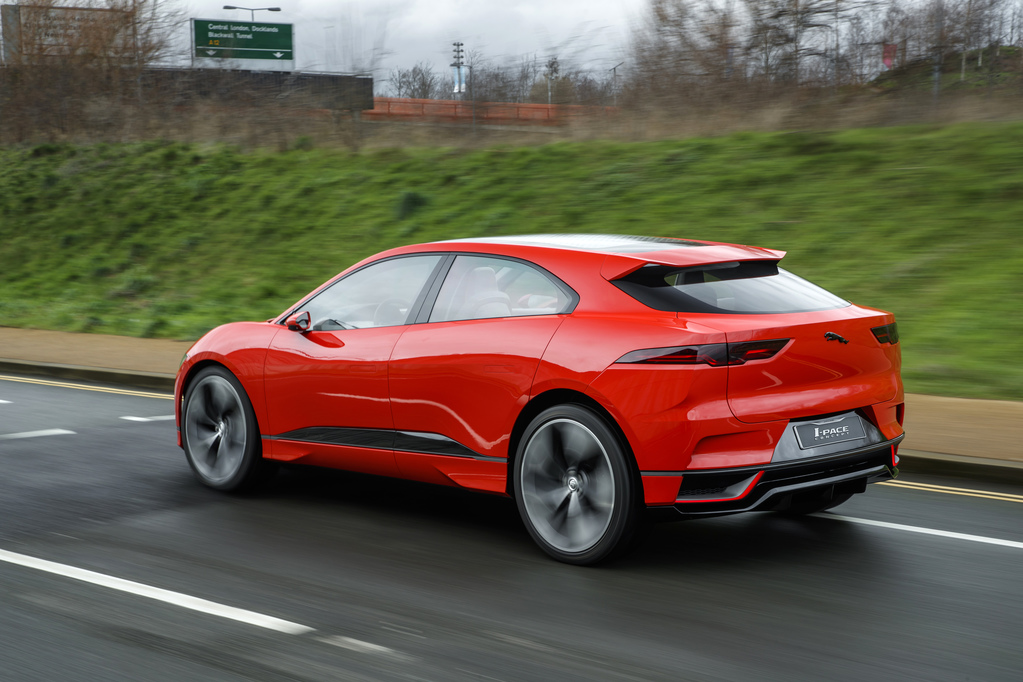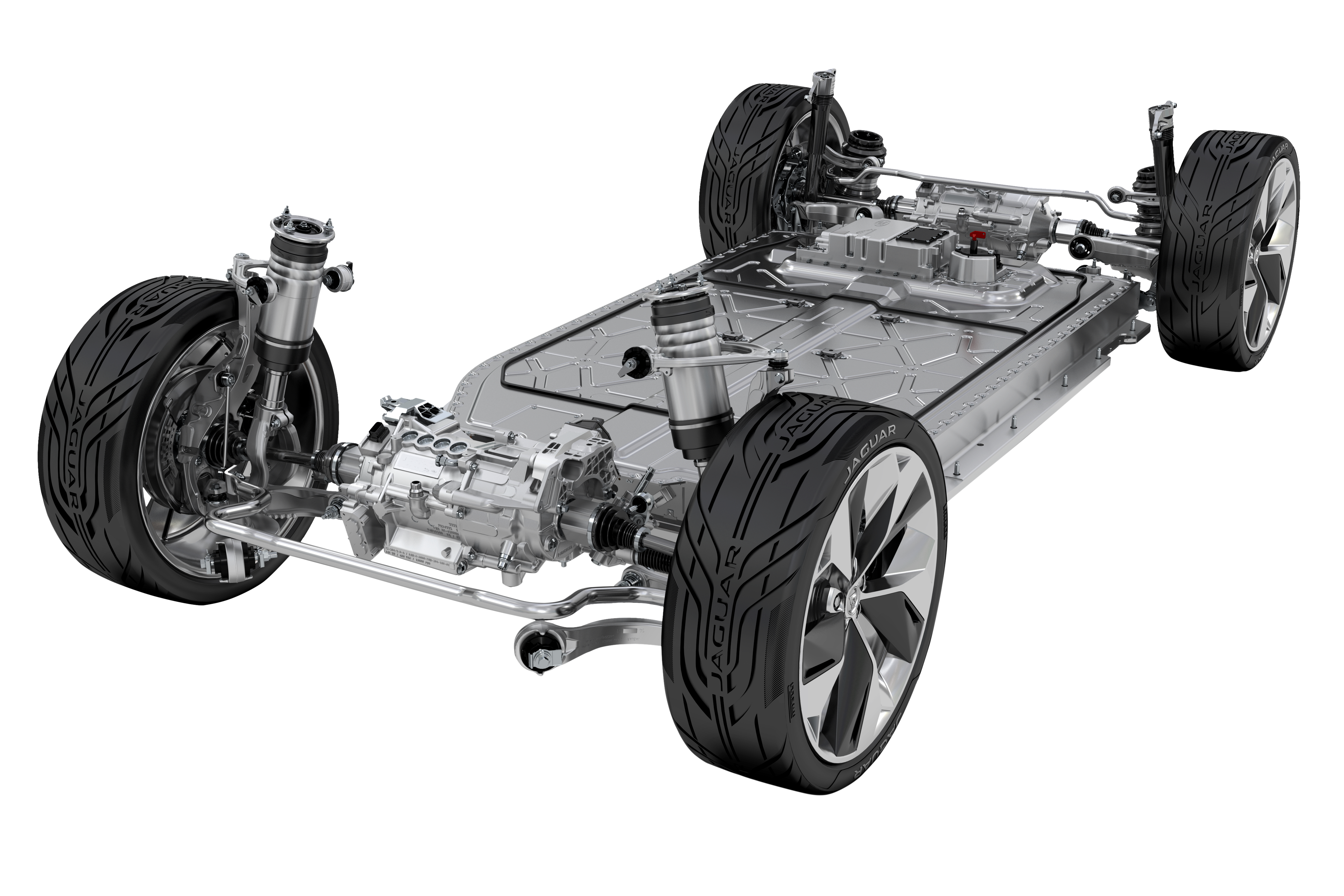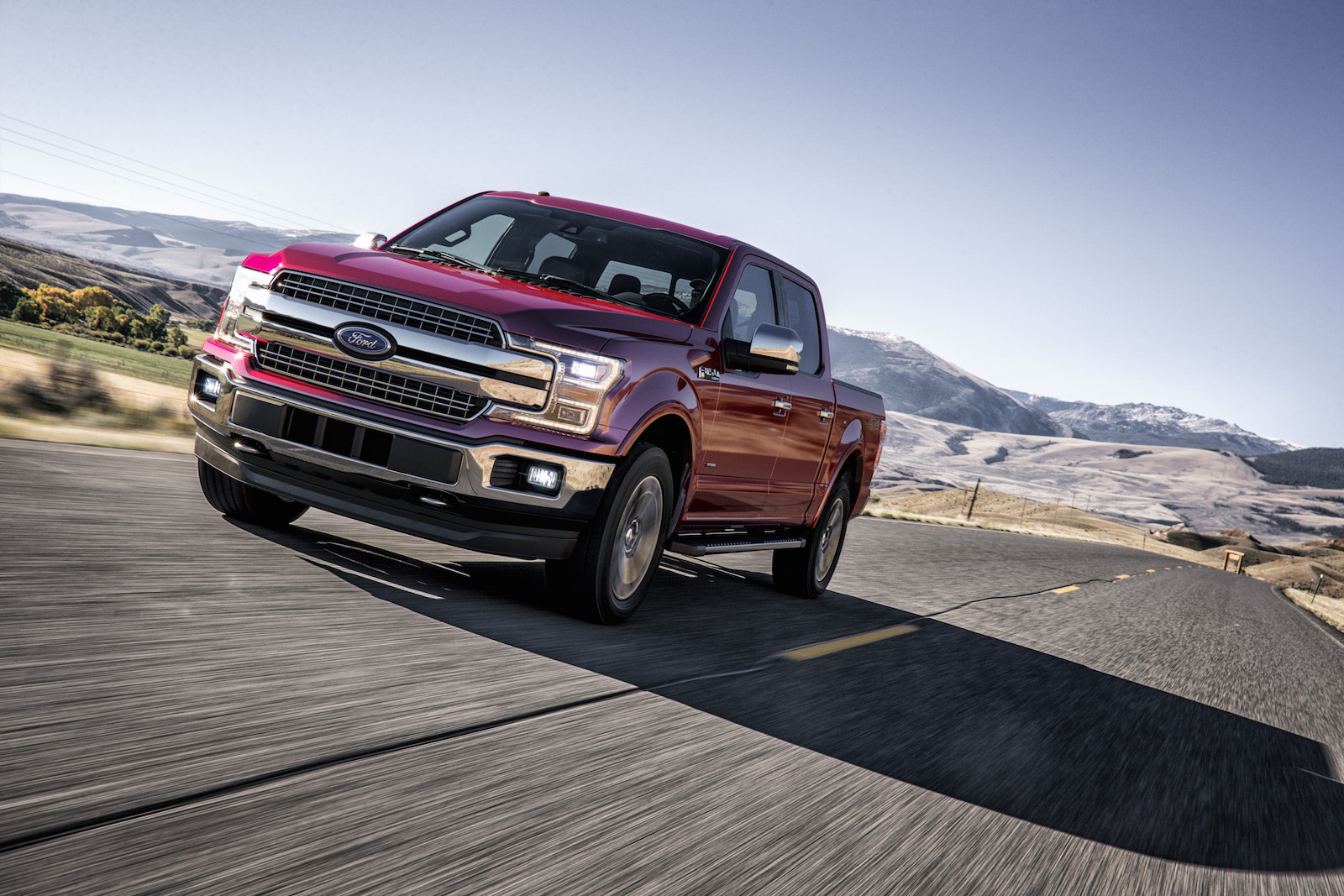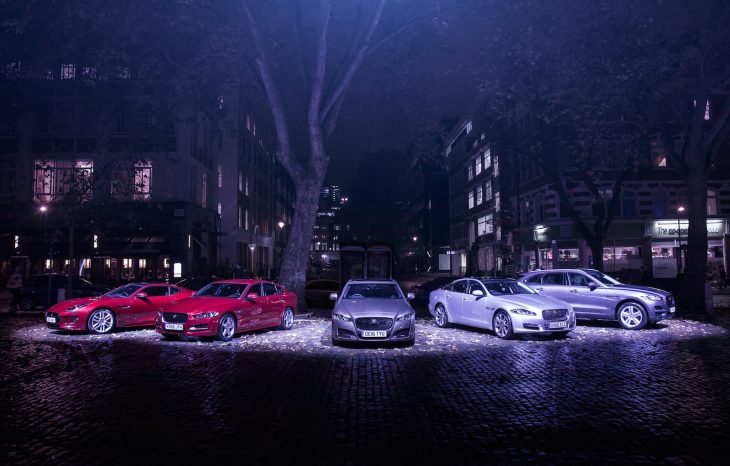By Andrea Svendsen, Managing Editor.
Conventional combustion engine vehicles may be phased out over the next two decades. The U.K., France, and Norway announced that they will ban the sale of fossil-fuel cars in the coming decades, along with China, which is also planning to stop the sale of fossil-fuel vehicles (although no timeline has been decided). In addition, a number of automotive OEMs have proposed electrification plans for their vehicle fleets in the coming years. This drive toward electric vehicles (EVs) presents a potential boon for lightweighting technologies, such as aluminum.
Aluminum for EVs
OEMs have been aggressively adapted their vehicle fleets to meet automotive regulations to reduce fuel consumption, such as the CAFE standards in the U.S. in recent years — which have steered automotive lightweighting initiatives. Reducing vehicle weight using lightweight materials (such as aluminum, magnesium, composites, carbon fiber, or high-strength steel) is proven to be an essential method for reducing fuel consumption. As Altair notes, “a 10% reduction in vehicle weight can result in a 6-8% fuel-economy improvement.”
Due to its high strength-to-weight ratio, aluminum is able to dramatically reduce vehicle weight compared to steel, while also improving handling, performance, and safety. The metal has seen dramatic growth in the automotive industry, and Ducker Worlwide estimates that aluminum will continue to see unprecedented growth in North America, with aluminum content expected to reach 565 pounds per vehicle (PPV) by 2028. Ducker also predicted that, in Europe, aluminum content in cars will increase by up to 30% over the next ten years, reaching nearly 200 kg per vehicle by 2025.
Although EV and electric-hybrid vehicles inherently have zero-to-low fuel usage, lightweighting with aluminum still remains important, as it can offset the weight of the heavy batteries required for EVs. Reducing the weight of the EV allows auto makers either reduce the size of the battery pack (to reduce cost) or increase the size of the battery pack (to extend the range of the vehicle).
As Jean-Marc Germain ceo of Constellium, told Automotive News, “For vehicles to carry electric batteries, they will be designed with aluminum structures to hold them. And those structures must do more than traditional metal body structures. They must provide thermal transfer capabilities to keep the battery cool or keep it warm in cold weather. So the structure actually becomes part of the power source.”
The use of aluminum extrusion is particularly valuable in supporting EV battery packs. For example, the Tesla Model S uses a 4 inch deep aluminum box running the length of the car for the battery pack support, which when joined to the aluminum body structure becomes three times stiffer. Extrusions can also also be designed with incorporated heat sinks in order to mitigate the large amounts of heat that can be generated with the use of lithium-ion batteries.

Dr. Martin Iffert, ceo of Trimet, stated, “Automobile manufacturing is changing, and electro-mobility is also playing an increasingly important role in the recycling and supply industries.” He noted that irrespective of the drive technology, aluminum content in structural bodywork is steadily increasing and innovative alloys open up new applications for aluminum in this area.
Aluminum companies are already working to meet the needs of OEMs developing EVs. For example, Novelis signed an agreement with NIO to provide aluminum sheet products for the automaker’s fleet of premium electric and autonomous vehicles and Hydro Extruded Solutions (formerly Sapa) is reopening its extrusion factory in Bedwas, Wale, to supply the growing automotive industry demand, including London Electrical Vehicle Company’s new electric black cab.
Automotive OEMs Present an Electrification Roadmap
Jaguar Land Rover
Jaguar Land Rover (JLR) announced every new vehicle in their fleet will have an electric engine option by 2020. For any JLR model, customers will be able to choose between having battery electric, plug-in hybrid, mild hybrid, or ultra-clean petrol and diesel engines.
The flagship of JLR’s plan is the Jaguar I-PACE — a high performance SUV, which is the company’s first electric vehicle. The I-PACE features two electric motors that together produce 400 HP of power and an aluminum-intensive spaceframe, which provide 516 lb/ft of instant torque. The vehicle offers over 500 km range on NEDC (New European Driving Cycle) and quick and easy charging, with 80 percent charge achieved in 90 minutes and 100 per cent in just over two hours using 50kW DC charging. The I-PACE will be revealed in late 2017 and will be on the road in the second half of 2018.


Volvo
Volvo Cars stated that every vehicle it launches from 2019 will have an electric motor. “This announcement marks the end of the solely combustion-engine powered car,” said Håkan Samuelsson, president and chief executive of Volvo.
Across its model range, Volvo will offer fully electric cars, plug-in hybrid cars, and mild hybrid cars. Pure internal combustion engine cars will be phased out and replaced with either fully electric cars or cars enhanced with electrified options, such as petrol and diesel plug-in hybrid and mild hybrid 48 volt engines. The company will launch five fully electric cars between 2019 and 2021 — three of which will be Volvo models and two will be high performance electrified cars from Polestar, the company’s performance car subsidiary. The company plans to have sold a total of 1 million electrified cars by 2025.
The decision is a part of Volvo’s plan to minimize its environmental impact and make the cities of the future cleaner. The company aims to have climate neutral manufacturing operations by 2025.
General Motors
General Motors plans to launch at least 20 new all-electric vehicles by 2023, which will include two new all-electric vehicles set to be introduced in the next 18 months. These vehicles will be based on the knowledge gained from the company’s production of the Chevrolet Bolt EV, which uses aluminum in its doors, fenders, hood, and liftgate.

The company recently introduced the Silent Utility Rover Universal Superstructure (SURUS), a heavy-duty truck frame that’s driven by two electric motors with autonomous capabilities. The flexible architecture of SURUS enables the concept vehicle to be used as an emission free delivery vehicle, truck, or ambulance.
“General Motors believes in an all-electric future,” said Mark Reuss, General Motors executive vice president of Product Development, Purchasing and Supply Chain. “Although that future won’t happen overnight, GM is committed to driving increased usage and acceptance of electric vehicles through no-compromise solutions that meet our customers’ needs.”
Volkswagen
Volkswagen presented its own electrification initiative, which will involve the development of more than 30 fully electric cars by 2025. “We expect that by then we will be selling about 2-3 million pure-electric automobiles a year,” said Matthias Müller, ceo of Volkswagen. “This will account for a significant — an estimated 25% — of our total sales volume. We are stepping up our efforts accordingly and will launch a multi-billion euro investment program.”
However, Müller added that the combustion engine will remain important, stating, “It will be with us for some time to come and will still account for around two-thirds of the new vehicles market volumes in 2030. But that also means the other third will be electrically powered. The breakthrough for e-mobility will long be reality by then. And we are determined to make e-mobility a new hallmark of Volkswagen.”
Ford
Ford Motor Company recently announced the creation of a dedicated electrification team that will exclusively focus on creating products and services for EVs. The company is reducing internal combustion engine capital expenditures by one-third and redeploying that capital into electrification — on top of an existing investment $4.5 billion in EVs. The company expects to deliver 13 new electric vehicles in the next five years — including F-150 Hybrid, Mustang Hybrid, Transit Custom plug-in hybrid, an autonomous vehicle hybrid, Ford Police Responder Hybrid Sedan, and a fully electric small SUV.
Ford is accustomed to revamping product development and modernizing factories, as with the introduction of the aluminum-bodied F-150 in 2015. Since then, the F-Series has gained market share. Reducing the use of steel in favor of aluminum reduced weight in the truck by 700 lbs, which improved fuel economy and increased driving capability for customers. The company stated that the innovation of aluminum and lightweighting will pay off across a range of Ford trucks and SUVs, and 90% of the manufacturing equipment can be reused for the next-generation F-150, reducing future capital requirements.


